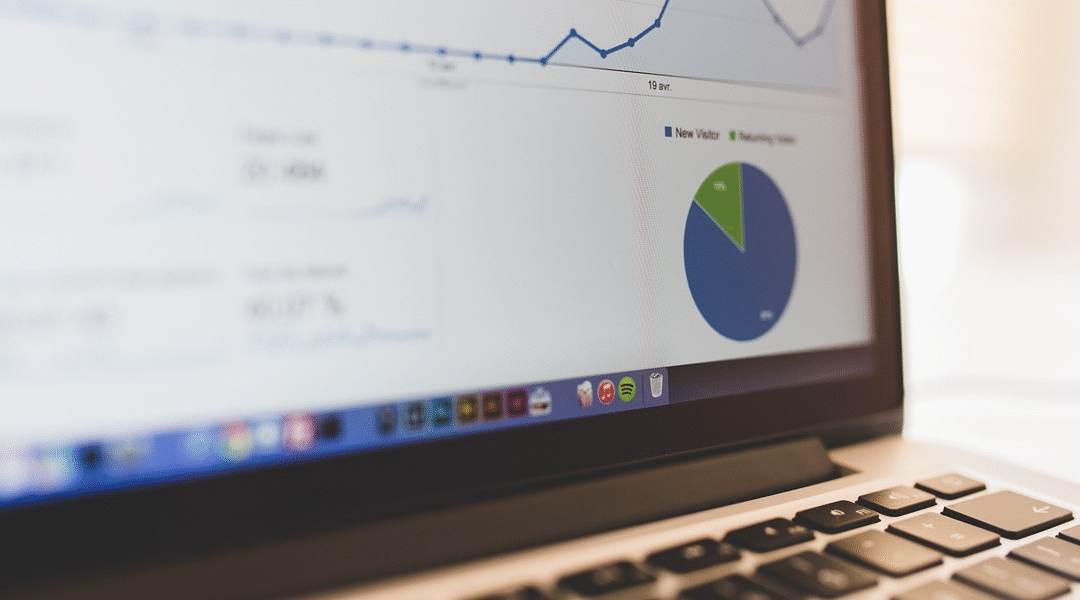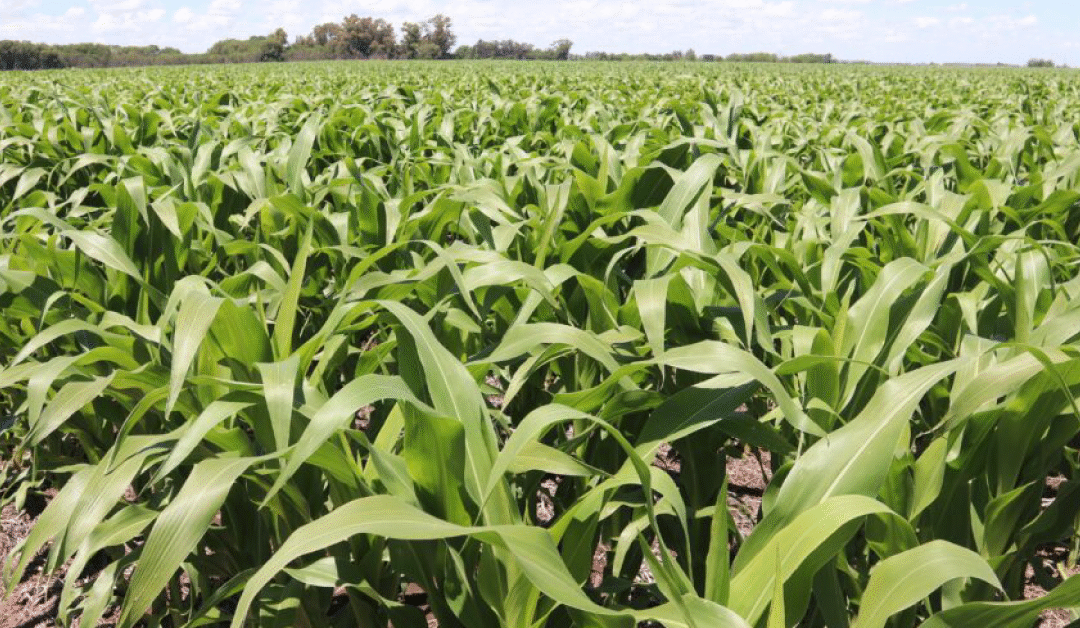April has been a month filled with a large amount of information and changes in trade rules, and for that reason, it is necessary—when analyzing the market—to separate what belongs to the external environment from what relates to the market fundamentals.
Starting with exogenous factors, it is clear that the beginning of the month has brought us the task of understanding the possible consequences of all the measures implemented by the U.S. under President D. Trump, particularly regarding changes in the terms of trade with the rest of the world, known as the trade war. On April 2nd, specific announcements were made about an increase in tariffs on all countries, as shown in the graph, with a particular focus on China, mainly due to the large trade deficit the U.S. has with them.

As a consequence of this proposal, an escalation in tariffs has since followed on China’s part, to the extent that, at the time of writing, they have reached almost absurd levels: the U.S. has imposed a 145% tariff on Chinese imports, while China has imposed a 125% tariff in return.
In addition, there are many trade barriers being imposed by certain companies and strategic sectors, such as the technology sector.
When these kinds of situations occur, it is worth analyzing the potential underlying causes. From the U.S. side, it seems — applying a logical line of reasoning — that Trump initially seeks to rebalance the deteriorated state of the U.S. macroeconomy. Although it remains one of the most powerful economies in the world, it is also true that its public debt, chronic fiscal deficits, and high interest rates do not favor a significant economic expansion.
Therefore, he has resorted to applying tariff pressure, essentially making others cover part of the expenses, which allows him to fulfill his promise of tax cuts for the private sector. Moreover, there is currently an internal battle to get Jerome Powell to lower the Federal Reserve’s interest rate in order to reduce the burden of interest payments on the national debt — which, at present, appears unsustainable.
To achieve these objectives, the global trade board has been flipped — and it will likely never be the same again. For this reason, these events must be analyzed over time, with both an economic and political lens. So far, it’s difficult to identify clear winners. However, in the days following the announcements, reannouncements, and subsequent backtracking, it seems that the biggest loser is the credibility of any future changes proposed by Donald Trump.
As a short-term consequence, the following graph shows how the U.S. dollar has devalued — though the same has happened with most other currencies, except the yuan. Just as in the first trade war, China appears poised to use this tool again to make its exports more competitive and thereby give a boost to its economy, which also shows signs of some internal engines stalling.

Fuentes, finviz.com
The Yuan has strengthened against the USD, and it is clear that the People’s Bank of China has decided to stop intervening in the currency, allowing it to devalue. The risks of this include a potential rise in inflation, which is one of the key variables to monitor in the short term to determine how strong China will be in competing through monetary policy — or whether it will shift its strategy to a different arena.
To wrap up a brief analysis of the global context, one must necessarily take into account the ongoing military conflicts, most of which remain unresolved. Unfortunately, we have become accustomed to living with wars. However, from the perspective of grain market analysis, this is another key factor influencing price fluctuations. Focusing specifically on wheat, tracking the developments in the Russia/Ukraine conflict will be crucial. These two countries are among the world’s main wheat exporters, which is why the situation is so important. So far, it seems the Ukrainian president remains firm in his aim to reclaim territories occupied since the Russian invasion.
In summary, the global environment can clearly be described as VUCA: Volatile, Uncertain, Complex, and Ambiguous. On the other hand, at the local level, Argentina has implemented what it calls Phase III of its economic program. This stage focuses on fiscal, monetary, and exchange rate matters. The strategy has included seeking loans from multilateral organizations to strengthen the Central Bank’s reserves, allowing it to ease foreign exchange controls and acquire tools to manage the currency front more effectively. The proposal involves a gradual lifting of exchange controls with some conditions — for example, allowing companies to repatriate profits to their parent companies (something previously restricted), and letting the exchange rate float within a band of 1,000 to 1,400 pesos, with a monthly fluctuation margin of 1% up or down, where the Central Bank can intervene as needed.
Since the volume of incoming funds is significant, the expectation is that the exchange rate will move closer to the lower end of the band, enabling the Central Bank to buy dollars and continue strengthening its reserves. This would also be the only sustainable way to issue new pesos and stimulate the economy. This scenario would likely unfold more quickly if investment grows steadily. So far, Argentina’s main stock market indicators have responded positively to these developments — for instance, a noticeable drop in the country risk index.
Fuente dolarito.ar
As of March 31, the USDA has published its quarterly stock report. One key point is that the U.S. has been increasing its grain stocks over the past three seasons, mainly due to declining demand. However, when we scale this data to the global level, we see that the global stock-to-use ratio is at a minimum.
On the other hand, although Russia and Ukraine experienced a drop in production levels last season, the outlook for the 2025–2026 campaign remains uncertain. Still, the market appears to be pricing in the assumption that the upcoming year will be substantially different from the previous one.
If we analyze the current conditions in our country (Argentina), several converging factors suggest that planted area could expand, despite some uncertainties related to price fluctuations:
- Optimal soil conditions, especially when compared to previous years.
- A reduction in certain production costs — for example, lower costs for applying herbicides during fallow periods.
- Rental prices are likely to adjust downward, mainly due to reduced profitability.
- December 2024 harvest prices are favorable compared to recent years. Spot prices have been impacted by the lifting of currency controls; a lesser-known factor is the elimination of the former “dólar blend” export liquidation mechanism.
- We are approaching the seasonal price increase period that typically occurs from mid-June to August, regardless of the unique circumstances of the current year.
- Export behavior must be closely monitored, especially regarding how new crop sales are recorded going forward.
We believe there will be an increase in wheat planting area in Argentina, which, as always, will lead to discussions about the destination of surplus production — i.e., what will happen with quantities exceeding the 7 million tons consumed domestically. This also highlights the importance of strategically managing the balance between production and commercialization, particularly in a context of tight profit margins. In other words, producers should act whenever price ratios are favorable — meaning, now is the time to apply crop insurance and lock in prices whenever a planned target is met.







